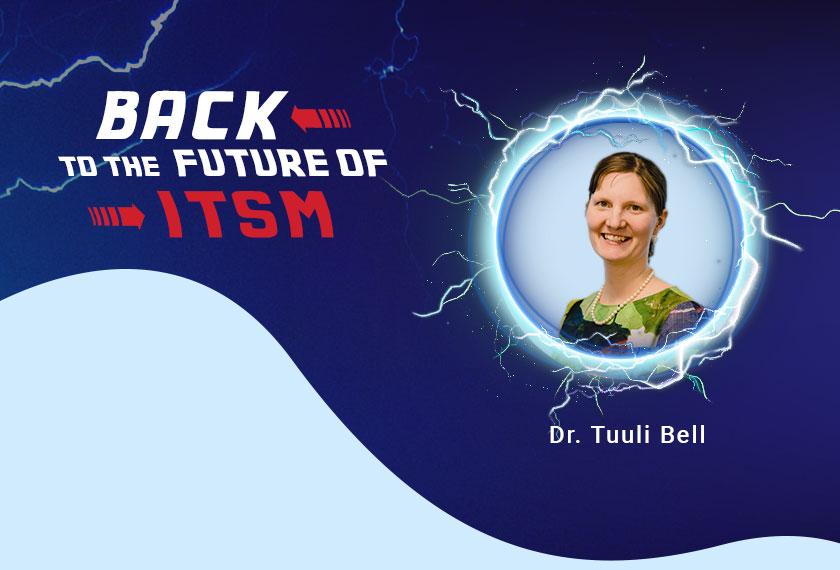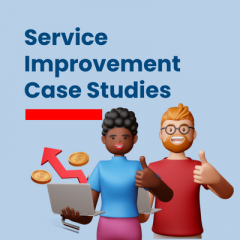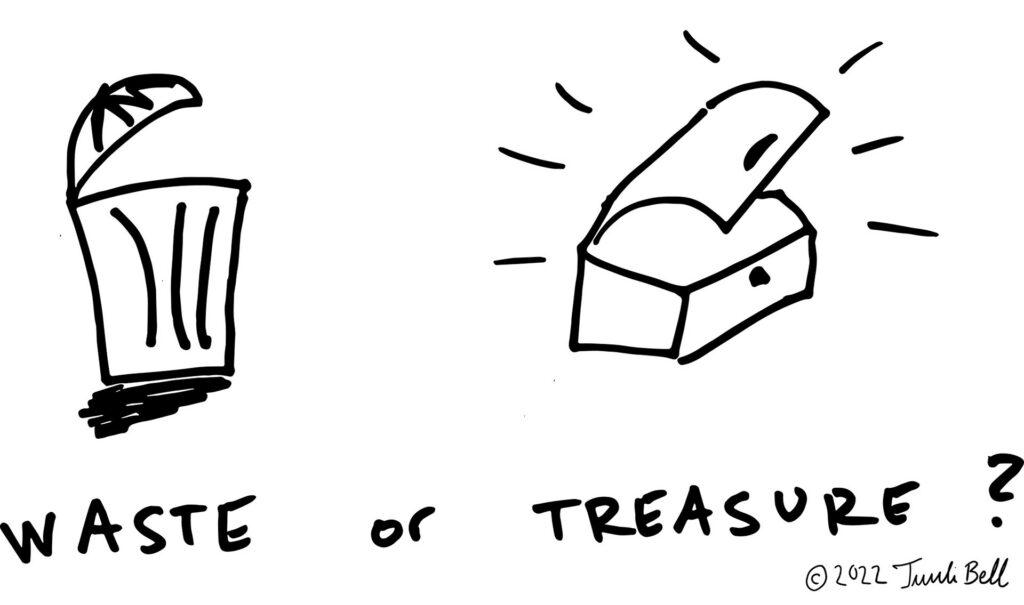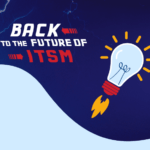
Marty McFly from the ‘Back to the Future’ movie once said, “If you put your mind to it, you can accomplish anything.” Well, the same goes for IT sustainability! In the broadest sense, sustainability refers to continuously maintaining or supporting a process over time. But we often have slightly different views of IT sustainability and how to do it right.
In the 3 part of our blog series, we spoke with Dr Tuuli Bell, Founder of Tuuli Bell Ltd.
Tuuli shared her expert insight into:
- What sustainability in the IT & ITSM industry really means?
- How to deliver more sustainability-conscious support to our customers?
- Are hybrid working models moving us closer to Green IT?
- What are some trends we should expect?
Let’s dive right in!
Importance of Sustainability in the IT & ITSM Industry
What does sustainability in IT & ITSM really mean?
Sustainability is part of ESG, i.e., environmental, social, and governance actions. ESG and sustainability are often used interchangeably. So, I consider all aspects of ESG when talking about sustainability in IT and ITSM.
This means that one should look at social factors, such as employment and equality. Also, more classical environmental aspects, such as green energy and consumption, and the company’s governance, i.e., policies and vision, from a technology-as-an-enabler perspective. This holistic approach gives IT and ITSM an excellent opportunity to improve their sustainability and impact on society.
Considering the almost limitless opportunities and applications of IT, the ingenuity of ITSM strategy, and combining this with the latest knowledge of sustainability, you have a combination that can change the world.

What is, in your opinion, the key to IT sustainability?
As a society and as workplaces, we are still in the early stages of understanding and communicating sustainability effectively within IT and the wider organisation. Therefore, I always recommend running internal sustainability enablement first to gain momentum and true leadership buy-in.
This, in turn, helps people understand across the organisation that change is possible and that, specifically, there are actions that everyone can take to make the company more sustainable.
Can you share some examples or ways IT companies and their departments can make more sustainable decisions and actions?
Where do I start? I recently lectured on sustainability in technology, a course published with SDG Monitor, which is all about sustainability actions in IT. IT companies are in a special industry.
In a way, every single department can make a change for the better to accelerate the sustainable revolution with both some financial investment and process changes. Both with high ROIs.
For example, sales and pre-sales teams can focus on customers that have sustainable values. The Product team can focus on creating offerings that use their IT applications or infrastructure for sustainability and climate projects. The board of directors can make a decision to only invest in sustainable companies or use other ethical financial guidelines, such as not investing in certain types of companies.
Furthermore, the core of the technology company, i.e. the developers, can look at their practices and not only reduce electronic and digital waste but also look to reuse and enhance their own processes or take it further. Share their knowledge and experience with other developer communities, perhaps not in their own geography.
HR also plays a significant role. For example, they can look at hiring and training, authoring employees, attracting the right people with the right values, and really making sure that there is true diversity in the workplace that is celebrated.
Initiatives such as menopause, mental well-being, volunteering days and taking apprenticeships have a big impact.
Additionally, marketing within IT companies plays a big role when they team up with other teams. Selecting topics for conference talks and seminars and increasing the webinars on sustainability topics is something that benefits not only their own company but also future customers and the wider society.
Prospective customers will also have their own targets to meet and will be delighted if the marketing team have created case studies of recent sustainability projects or ongoing developments.
Another way to get involved is, of course, through communities and networks, such as SDI, that invest in sustainability programs. That is where individual companies can share their experiences with their peers and have conversations with consultants that have led such projects.
They also act as platforms for creativity and equitable knowledge sharing, which in itself is a target of ESG actions for many companies.
Regarding incorporating sustainability into their business models, what are the biggest barriers IT companies face?
The biggest barrier to anything is our inaction. Inaction can be due to the lack of knowledge, so learning about sustainability, educating others about sustainability, and acting on that knowledge is the start that many businesses would benefit from.
The first step, however small, is always the most important. It gives you the confidence to do something as an individual and a business.
How do you think remote or hybrid working models have affected sustainability in IT? Did this make us closer to ‘Green IT’?
Remote and hybrid working definitely have their benefits. For example, it allows people who care for others to make up their own schedules. Additionally, it is good to take breaks during the day to recharge, and this is much easier when you don’t work in an office five days a week. However, there is a flip side.
Mental health and well-being are very important for every single one of us. We often forget about it until we are affected, or when we see someone, we love being in that situation.
“We should make sure that work communities will look out for each other, even when we work remotely. “
-Tuuli Bell
Of course, remote working also impacts emissions and climate change in a positive way. We may drive to work less and use our homes as offices instead. But for low-paid workers, it would be important to understand the investment they need to make at home to enable a warm, safe, and comfortable place to work without distractions.
This is something that companies should talk about more, especially with their junior colleagues, to ensure equitable ways of working.
In your view, how do you think organisations will need to work in the future? What trends should we expect?
Every organisation has to make a decision today to become more sustainable in the future. The next thing to do is to take action or search for advice if you’re not sure which action to start with.
Future and current employees will expect better places to work and Company leaders to hold values of sustainability and live by that example.
Looking after employees pays off as they will attract more good employees, and you can see the change; they will make an organisation.
Author Bio:
Dr Tuuli Bell is a management consultant, an artist & illustrator, and a circular economy advocate.
She aims to actively contribute to the circular economy and be part of a global movement where we can create a truly waste-free world.
Reference:
- The Art of Presales Workbook: Your very own curiosity, creativity and happiness journal to explore the amazingness of your career in sales engineering, 2nd edition with Sustainable Presales





























